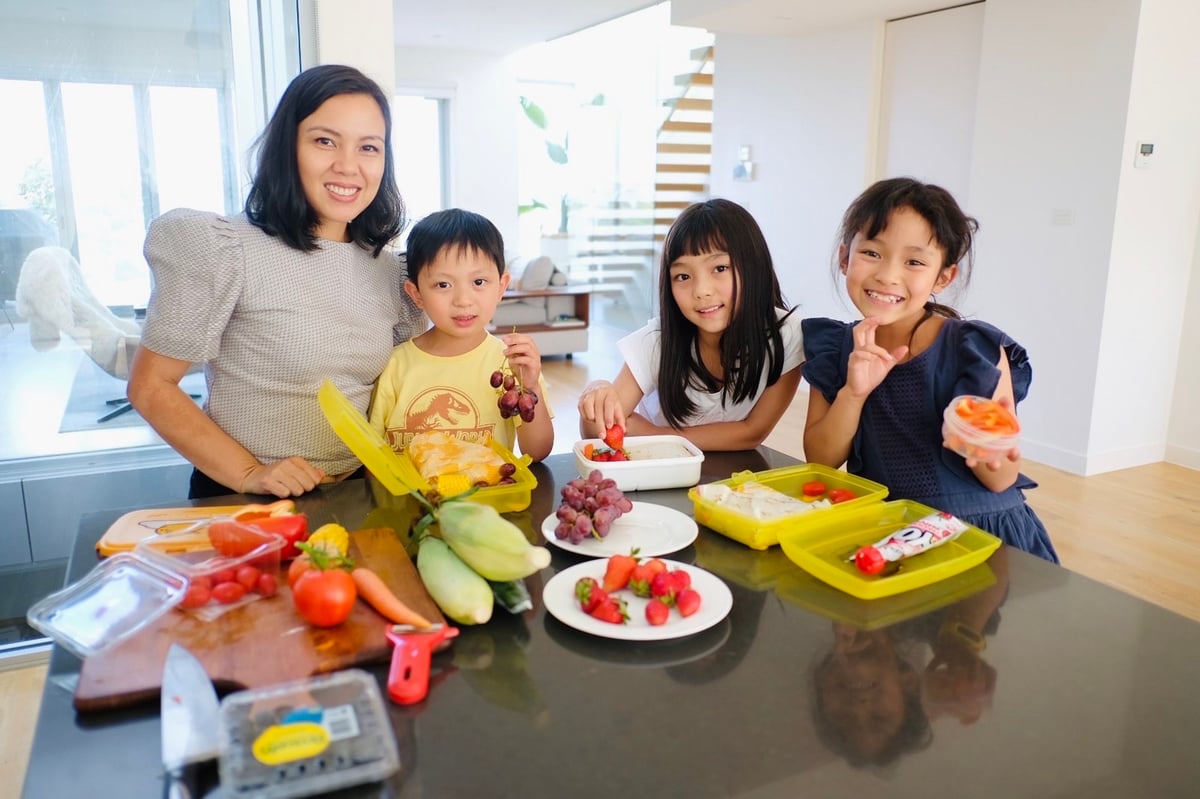

Feeding kids while balancing what they actually enjoy and their evolving tastes is... a daily journey.
All school parents will know, creating a (nutritional) masterpiece can be risky, especially if your best efforts go uneaten.
And, to be honest, the worst thing you can do is Google for advice.
Actually scrap that! The worst thing you can do is post a question in a Facebook group, unless you want a large serving of judgement.
Wherever you’re looking, when it comes to kids' nutrition there’s a lot of information and even more unqualified opinions to wade through. Thankfully, Jennifer Arguelles is here to help us out.
As an Accredited Practising Dietitian, Nutrition Insights Manager at Bega Foods, and mum of three, Jennifer helps other parents navigate nutrition every day.
From concerns about “too much fruit” to “I've run out of snack ideas”, here are the 5 questions she’s always asked by parents. And of course, her super practical answers.
What’s in your kids’ lunchboxes?
Parents always want to know what Jennifer feeds her three primary school-aged children. After all, she does create a mean lunchbox.
While she says each of her children have their own (constantly changing) preferences, she does have a quick cheat sheet that parents can steal.
A grain/cereal – for example, sourdough rolls, multigrain sandwiches, wraps, leftover fried rice, pasta salad or sushi rolls.
Meat/meat alternative – this can be last night’s leftover roast chicken, shredded into a bread roll, eggs, or her kids’ favourite, tuna in their sandwich.
Dairy – either cheese in their sandwich or on top of pasta. Or, try a pouch of yoghurt, like Yoplait YOP pouches which is a good sized serving for primary school-aged kids.
Fruit – keep it seasonal, so for summer they're eating delicious berries, chopped melon and stone fruits.
Vegetables – Put them in their sandwiches/rolls, a salad cup, veggie sticks with dip, or even a small container of baked beans works a treat.
Finish strong with water as their drink.
Importantly, Jennifer says she won’t stress if it doesn’t all get eaten. “My kids don’t always eat what I give them, and that might be because they’re too busy playing or they don’t like bananas that week, and that’s okay.”


